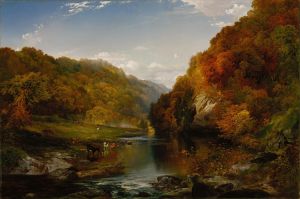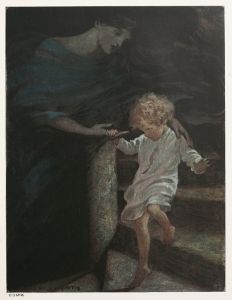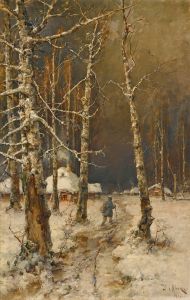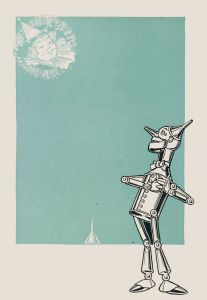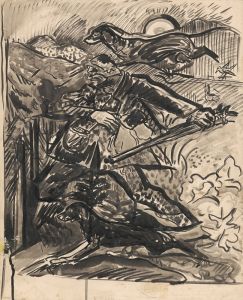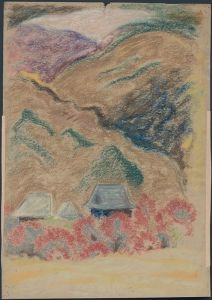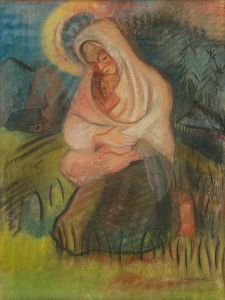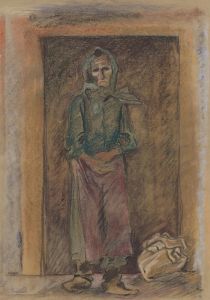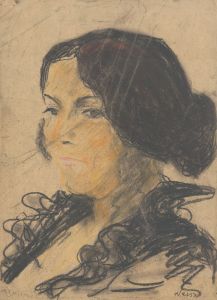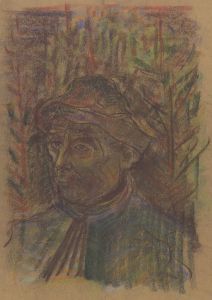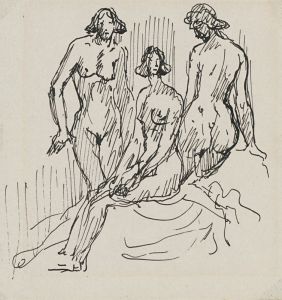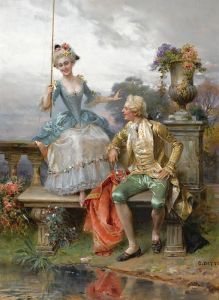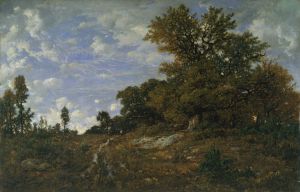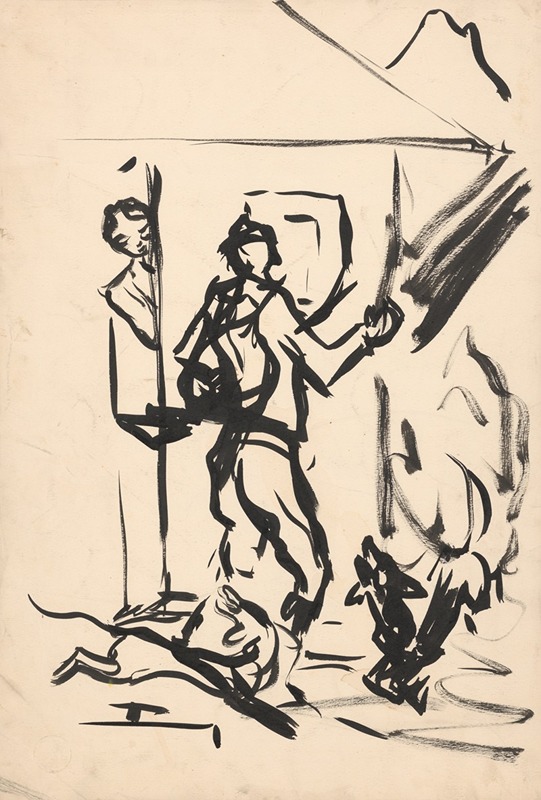
Leaving for a Hunt
A hand-painted replica of Arnold Peter Weisz-Kubínčan’s masterpiece Leaving for a Hunt, meticulously crafted by professional artists to capture the true essence of the original. Each piece is created with museum-quality canvas and rare mineral pigments, carefully painted by experienced artists with delicate brushstrokes and rich, layered colors to perfectly recreate the texture of the original artwork. Unlike machine-printed reproductions, this hand-painted version brings the painting to life, infused with the artist’s emotions and skill in every stroke. Whether for personal collection or home decoration, it instantly elevates the artistic atmosphere of any space.
Arnold Peter Weisz-Kubínčan was a Slovak painter of Jewish descent, born on March 3, 1898, in Dolný Kubín, then part of Austria-Hungary. He is known for his unique style that blends elements of modernism with traditional Slovak themes. Weisz-Kubínčan's work often reflects his deep connection to his homeland and his experiences during a tumultuous period in European history.
One of his notable works is "Leaving for a Hunt," a painting that exemplifies his artistic approach. Created in the early 20th century, this piece captures a moment of departure, likely for a hunting expedition, a common activity in rural Slovakia. The painting is characterized by its vibrant colors and dynamic composition, which convey a sense of movement and anticipation.
"Leaving for a Hunt" depicts a group of figures, possibly hunters, preparing to set out. The scene is set against a backdrop of the Slovak countryside, with its rolling hills and dense forests. Weisz-Kubínčan's use of color and light creates a vivid and lively atmosphere, drawing the viewer into the scene. The figures are rendered with a sense of realism, yet there is a stylized quality to their forms that reflects the artist's modernist influences.
Weisz-Kubínčan's work was deeply affected by the historical events of his time. As a Jewish artist living in Slovakia during the rise of Nazism and World War II, he faced significant challenges. In 1944, during the Slovak National Uprising, Weisz-Kubínčan was arrested by the Gestapo and later deported to the Sachsenhausen concentration camp. He did not survive the Holocaust, and his life was tragically cut short in 1945.
Despite the hardships he endured, Weisz-Kubínčan's legacy lives on through his art. His paintings, including "Leaving for a Hunt," are celebrated for their emotional depth and technical skill. They offer a glimpse into the cultural and historical context of early 20th-century Slovakia, as well as the personal experiences of the artist.
Today, Weisz-Kubínčan's work is held in high regard, and his paintings can be found in various collections and museums. "Leaving for a Hunt" remains a testament to his talent and his ability to capture the essence of Slovak life and landscape. Through his art, Weisz-Kubínčan continues to be remembered as a significant figure in Slovak and Jewish cultural history.





